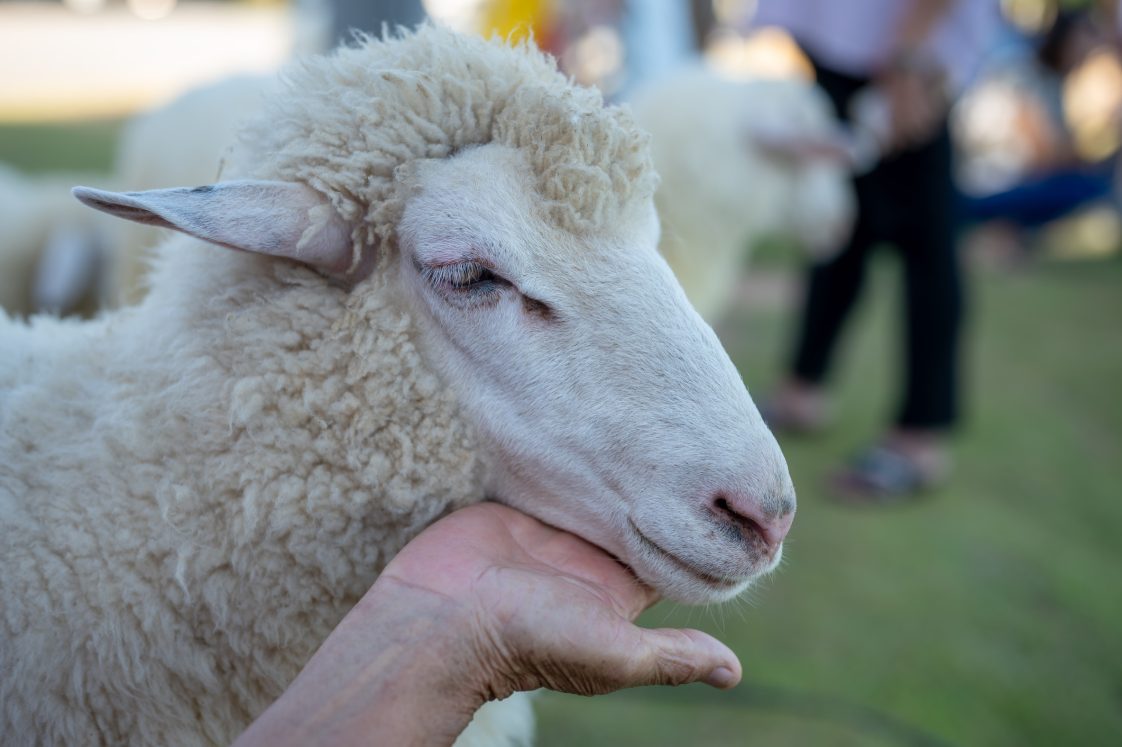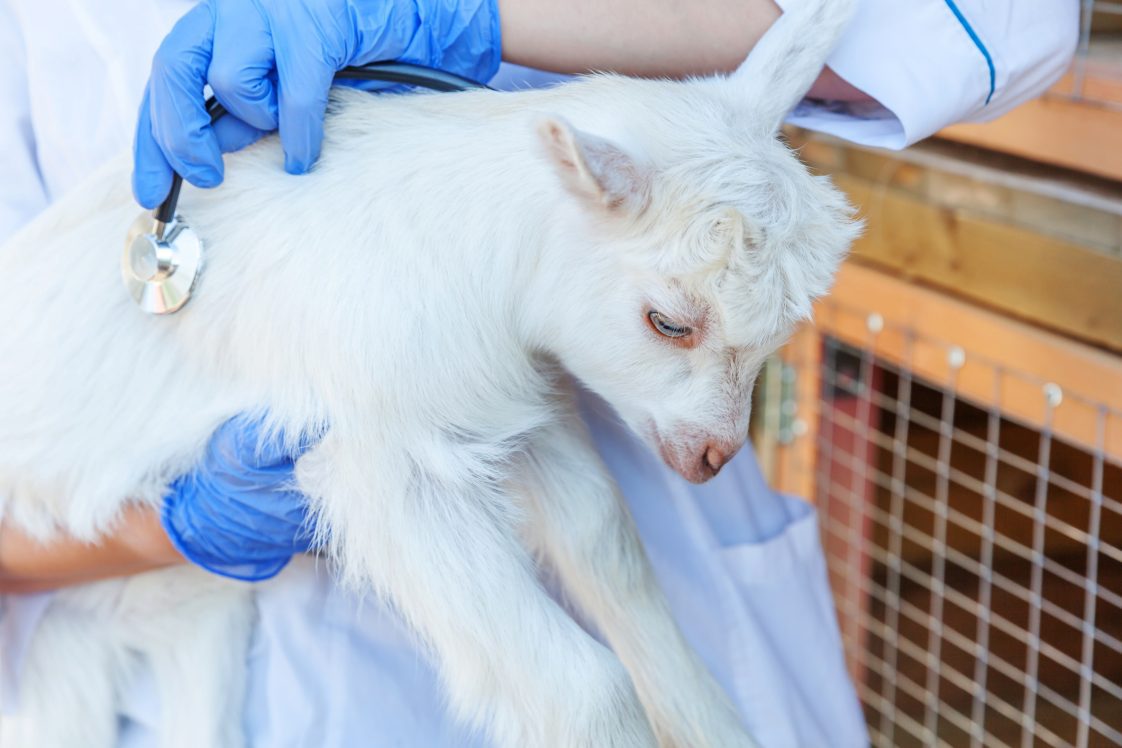Animals

Anthelmintic resistance is a concern in the treatment of parasitic infections in small ruminants. The control of gastrointestinal parasites is growing worse because parasites are becoming resistant to anthelmintic medicines. An innovative breakthrough in managing parasites is the use of the triple-class anthelmintic protocol. The protocol uses multiple classes of anthelmintics in a strategic and integrated way.
What is anthelmintic resistance?
Anthelmintic resistance occurs when parasites outlive once-effective treatments. Resistance develops because of overusing or incorrectly using anthelmintics, which allows resistant worms to survive and reproduce. Resistant parasites may increase over time, making routine treatments ineffective.
The consequences of anthelmintic resistance are severe. Infected animals can suffer from unintentional weight loss, lower milk production, and poor health overall, which can lead to significant revenue loss for farmers. Therefore, effective strategies to combat resistance are critical for sustainable livestock production.
The Triple-Class Anthelmintic Protocol
The triple-class anthelmintic protocol uses three different classes of anthelmintic drugs. These drugs are used together or in rotation. The primary goal is to reduce the possibility of parasites developing resistance to any one class of drugs. The three commonly used classes of drugs are:
- Benzimidazoles (BZs): These drugs disrupt the metabolism of parasites causing death. Example drugs include albendazole and fenbendazole.
- Imidazothiazoles and tetrahydropyrimidines (levamisoles): These drugs affect the nervous system of the parasites leading to paralysis and eventually death. Levamisole is a common example.
- Macrocyclic lactones (MLs): These drugs also target the nervous system by affecting neurotransmission. Ivermectin and moxidectin are well-known examples of these types of drugs.
Protocol Implementation
The triple-class anthelmintic protocol can be implemented in various ways.
Concurrent use. Administer all three classes simultaneously in a single treatment. This method ensures that parasites resistant to one class are still susceptible to the other two.
Sequential use. Rotate the use of each class of drug over a scheduled period. This approach reduces the selective pressure on any one drug class. As a result, it slows down the development of resistance.
Targeted use. Treat animals that show signs of infection or are at greater risk only, such as young or immunocompromised animals. This minimizes the overall use of anthelmintics, reducing the selection pressure for resistance.
Advantages of the Triple-Class Approach
The primary benefit of the triple-class anthelmintic protocol is its ability to slow down the development of resistance. By using multiple drug classes, the chances of any one parasite surviving treatment are significantly reduced. This approach also preserves the effectiveness of existing anthelmintics, extending their useful lifespan.
Moreover, the protocol can improve animal health and productivity by ensuring more effective parasite control. Healthier animals lead to better growth rates, higher fertility, and increased milk and meat production. These factors all contribute to the economic stability and sustainability of the farm.
Challenges and Considerations
While the triple-class anthelmintic protocol offers numerous benefits, it is not without challenges. Implementing the protocol requires careful planning and an understanding of the specific parasites present on a farm. Regular fecal egg count monitoring is essential to evaluate the effectiveness of treatments and to modify protocols as needed.
There is also the risk of inadvertently selecting parasites resistant to all three classes if protocols are not applied correctly. Therefore, farmers must work closely with veterinarians to develop a customized parasite management plan that includes good grazing practices, proper dosing, and regular monitoring.
Conclusion
Anthelmintic resistance in sheep and goats is a growing concern that threatens the sustainability of small ruminant production. The triple-class anthelmintic protocol represents a proactive approach to managing this issue by strategically utilizing multiple anthelmintic classes.
When implemented correctly, this protocol can reduce the development of resistance, improve animal health, and enhance the overall productivity of the farm. However, success depends on careful planning, ongoing monitoring, and a commitment to following best management practices. By adopting this integrated approach, farmers can protect their flocks from parasitic infections and ensure the long-term sustainability of their operations.


